Scissor Skill Development Checklist for Ages 2-6
Affiliate and Referral links are used below to promote products I love and recommend. I receive a commission on any purchases made through these links. Please see my disclosure policy for more details. As an Amazon Associate, I earn from qualifying purchases.
Have you ever wondered when you should introduce your child or student to scissors? It may be a lot earlier than you think. Let's look at scissor skill development for ages 2-6.
Scissor skill development is a big milestone for young children. Make sure your child has mastered the basic skills with this developmental checklist (see the end of this post for the free handout).
Scissor Skill Development
Let's take a look at each stage of scissor skill development by age.
1.5 to 2 years old || Holds Scissors
Between the ages of 1.5 to 2 years old, a child learns to hold scissors, often using both hands to open and close the blades.
2 to 2.5 years old || Open/Closes Scissors
At ages 2-2.5 years old, a child learns how to open and close the scissors. They are NOT ready to use them with paper. This is a great time to practice with play dough, modeling clay, or continue to practice tearing paper.
We do not expect the child to hold the scissors with an efficient grasp yet, however, you should introduce the thumbs-up position to them.
2 to 2.5 years old || Snips Paper
Once the child has mastered opening and closing the scissors, they can move on to making small snips on the paper. They are not moving forward on the paper with scissors, just making snips. This can happen soon after or around the time they begin to open and close the scissors, so that is why the ages appropriate recommendations are the same.
However, some children may need more time before introducing the paper. It all depends on their skill level.
Check out my post, 5 tips for introducing scissors to Toddlers here.
3 years old || Snips Paper Moving Forward
By the time a child hits age 3, they are able to make snips on the paper while moving the scissor forward across the paper (keep the paper size to about 6 inches long).
You can also start encouraging the use of the helper hand to hold the paper while cutting.
Using small strips of paper, instead of an entire piece of paper for them to hold is easier and often less frustrating for the child.
3 to 3.5 years old || Uses Helping Hand
Between 3 and 3.5 years old, a child begins to use their “helper hand” or non-dominant hand to hold the paper and help manipulate it while cutting with their dominant hand.
Remember to encourage a “thumbs up” position while holding both the paper and scissors.
3 to 3.5 years old || Cuts a Straight Line
By age 3 to 3.5, a child can move the scissors along a straight line that is 6 inches long. Their accuracy is still a work in progress, with most cutting within 1/2 inch of the cutting line.
By age 4, their accuracy improves and they are able to cut a 6-inch straight line within 1/4 inch of the cutting line.
4 years old || Cuts a Curved Line
By age 4, a child is able to cut on a curve line that is 1/4 inch wide, staying within 1/4 inch of the cutting line.
4 years old || Cuts a Circle Shape
Also by age 4, once a child has mastered curved lines, they are able to take on circle shapes of at least 6 inches in diameter. Their accuracy will start at around 1/2″ from the cutting line and improve to 1/4 inch from the cutting line as they continue to practice.
4.5 to 5 years old || Cuts a Square Shape
Between the ages of 4.5 and 5 years old, a child can cut out a square shape within 1/4 inch from the cutting line.
5 to 6 years old || Cuts Complex Shapes
Between the ages of 5-6, a child can begin to cut out more complex shapes such as figures.
It's important to remember that all the recommended ages for each skill are the average age a child can master each skill. Some children may master them earlier, others later. I share the ages so you can see which skills are age-appropriate, not that each skill should be mastered by these ages.
Click to read more about the process of scissor skill development here.
If you do suspect your child has a delay in fine motor skills, talk to your child's physician and ask for an Occupational Therapy evaluation. An Occupational Therapist can help determine if there is a delay in fine motor skills and give you specific activities to help your child master cutting skills.
Skills Needed for Cutting Success
Cutting involves a lot more than just picking up a pair of scissors and learning how to hold them or open and close them.
Your child needs to be able to sit up appropriately and have good balance and stability. Slouching while cutting will not work. And when a child feels unbalanced, it will make holding the scissors very difficult.
They also need stable shoulders with wrist and finger control, including being able to isolate the thumb and the fingers in order to grasp and release the scissors.
Bilateral coordination, or using both sides of the body together is crucial to cutting. Using both hands together means the dominant hand opens and closes the scissors while the non-dominant hand or “helper hand” holds the paper and rotates it as needed.
You can read more about how to improve bilateral coordination skills here.
Efficient Hand Placement for Using Scissors
When holding scissors, either left or right-handed, the thumb goes into the smaller loop on the scissors, with the thumb pointing upwards (thumbs-up position). The index finger wraps around the outside of the bottom loop. The middle finger, 4th, and 5th fingers should grip inside the large loop
Scissor Skill Activities
For more scissor skill activity ideas, check out the links below to other posts on my site and others.
10 Fall Activities for Scissor Skill Practice
Scissor Practice Packet for Preschoolers through 1st Grade
DIY Scissor & Cutting Practice Toolkit
For even more information on scissor skills and all the developmental skills needed to be successful, check out The Scissor Skills Book. It is written by 10 pediatric Occupational and Physical therapists, including myself.
We cover everything from typical development, adaptive strategies, tips for left-handed uses, and more.
Scissor Skill Development Checklist – Free Handout
I'd love to offer you a free printable download of my scissor skill development checklist. It has all the ages and skills mentioned above, along with a place for you to mark down when your child masters each skill.
It is free for subscribers, so first subscribe to my Growing Hands-On Kids newsletter and you'll get your free printable gift. I send weekly development tips, tools, and strategies just like this one to your inbox each week. Plus, you'll be the first to know about new printables, products I recommend, or any new products I create.
By downloading this printable, you are agreeing to the terms and conditions on my site.
References:
Dunn, Marsha Lee. Pre-scissor Skills: Skill starters for motor development. Communication Skill Builders, Inc., 1979.
Exner, Charlotte E. Development of Hand Skills” In J. Case-Smith (ED). Occupational Therapy for Children. Mosby: St. Louis.
Folio. M. Rhonda, Fewell. Rebecca R. Peabody Developmental Motor Scales. 2nd Edition. Austin. Pro-Ed. 2000.
You May Also Like:

Heather Greutman, COTA
Heather Greutman is a Certified Occupational Therapy Assistant with experience in school-based OT services for preschool through high school. She uses her background to share child development tips, tools, and strategies for parents, educators, and therapists. She is the author of many ebooks including The Basics of Fine Motor Skills, and Basics of Pre-Writing Skills, and co-author of Sensory Processing Explained: A Handbook for Parents and Educators.


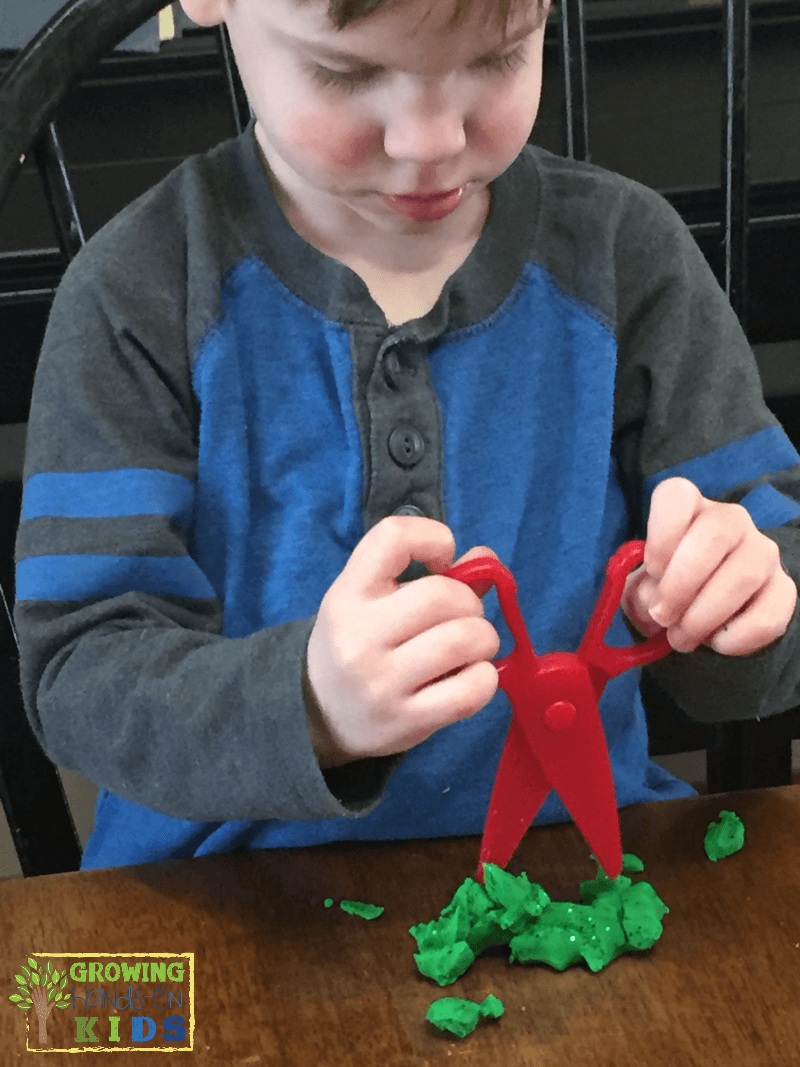
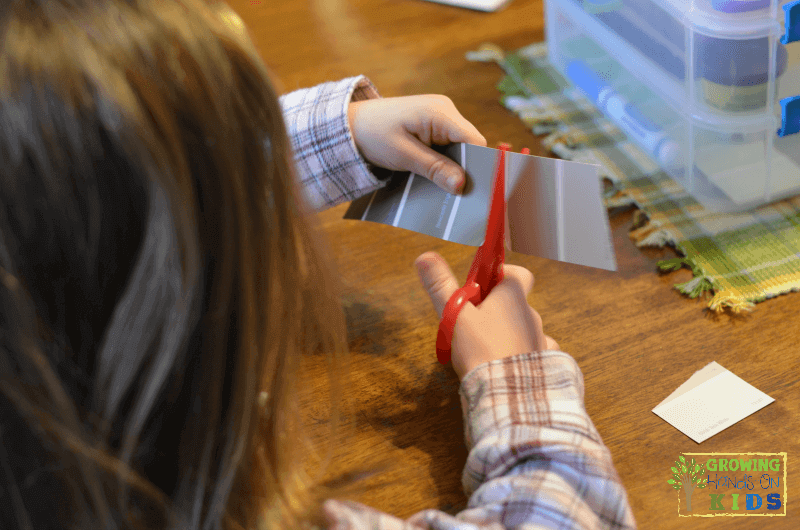
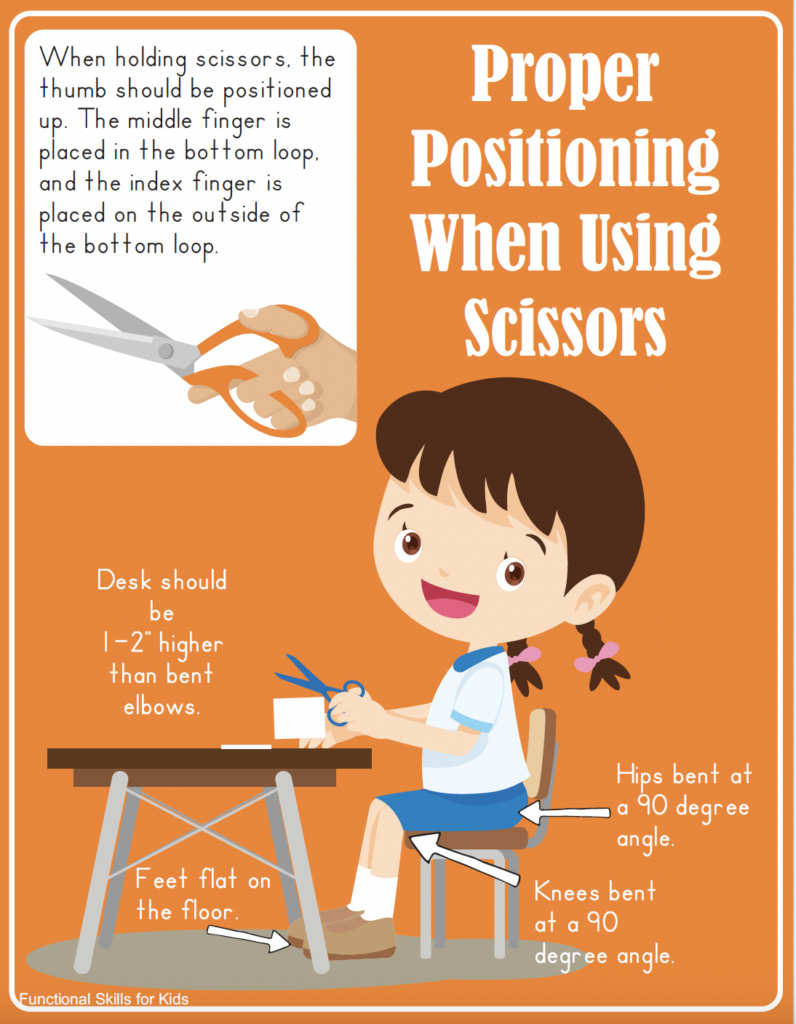
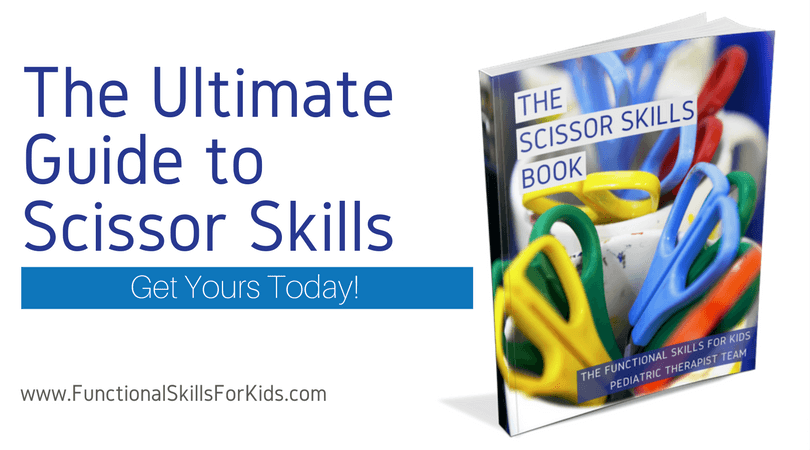
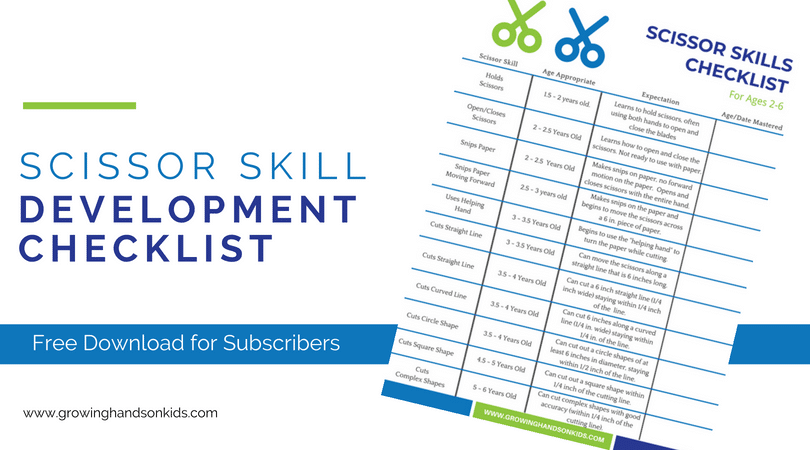
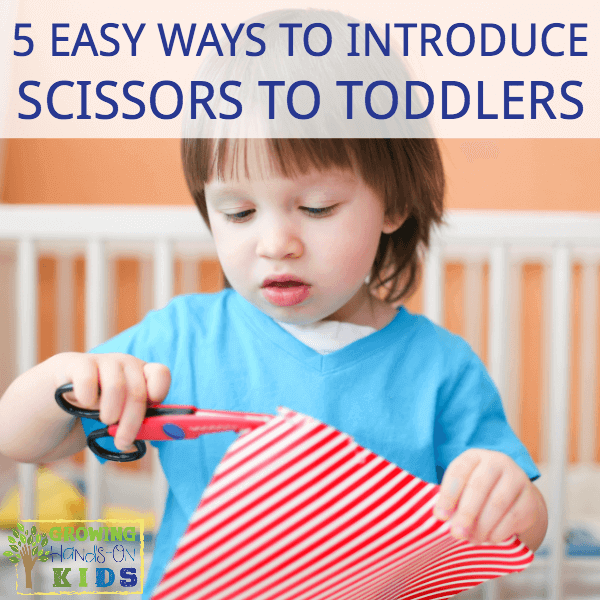
Hello! First of all, thank you for all the information! Iam reading the hole website and enjoying it!
In what age is the baby capeable of tearing paper with both hands in a coordenated movement? because they first pull the paper both sides but don´t tear…
Thank you in advance